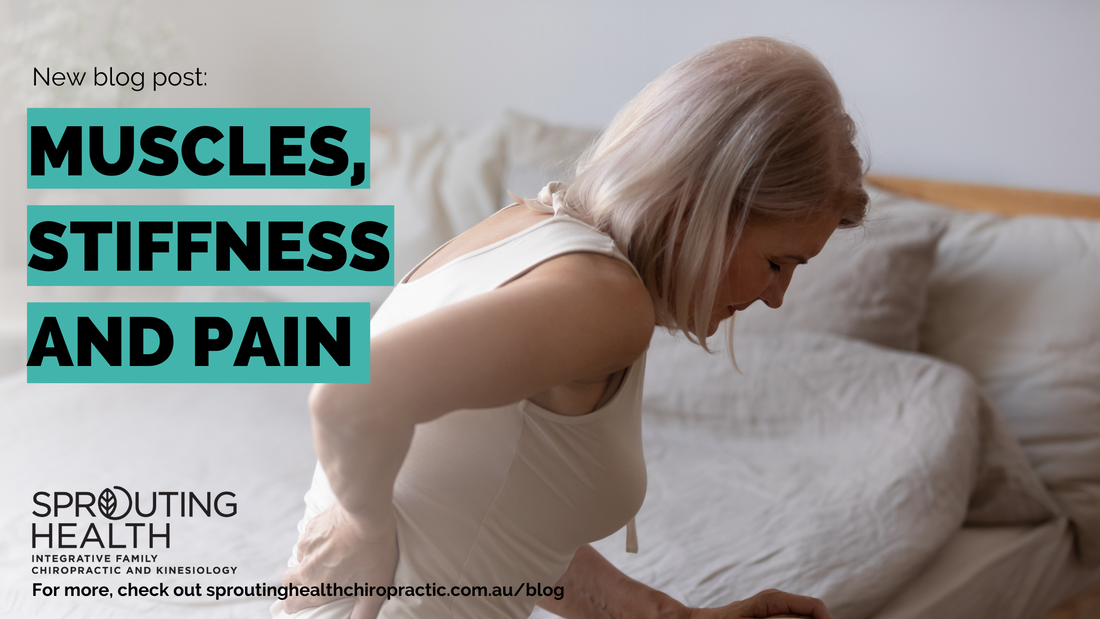|
The human body has the skeleton as the main frame and movements are powered by our muscles! Different types of muscle help us with various activities we do on a daily basis. The following information is literally for everyone, not just for athletes.
2 main types of muscles There are mainly two types of muscles, fast twitch muscles (think sprinting) and slow twitch muscles (think distance running). Fast twitch muscles, also known as type 2b muscles, can generate a lot of power in a short period of time but get exhausted pretty quickly. This is due to the process of how power is being generated. They have a lower number of mitochondria, the powerhouse of energy, they feed on glucose and don’t use oxygen to produce energy.(1) For that reason, these muscles are used when we perform anaerobic exercises such as power lifting, jumping and high-intensity interval training (HIIT). Slow twitch muscles, also know as type 1 muscles, have a much better level of endurance and generally generate a lower level of burst energy power in a short time. Slow twitch muscles are highly vascularised, have a higher number of mitochondria and use oxygen to produce energy.(1) You guessed it! These muscles support aerobic/lower intensity exercises. For example, long-running, swimming, walking and even just sitting up right! Stiffness, pain and Injuries The slow twitch muscle group are generally located in our back and lower limb, it helps us sit, stand, walk and maintain our upright posture against gravity! It does not matter if you are on your feet all day or sit in front of a screen, you need these muscles to be functional to perform well and stay away from stiffness and pain. This is especially vital for those who suffer from lower limb injuries or arthritis and (those of us with a few extra kg’s) overweight individuals. A recent study on hamstring strain injury suggests hamstring fatigue can lead to a decrease in knee stability, reduction of lumbo-pelvic control and a less efficient muscle-tendon unit energy transfer, causing the increase demand on adjacent muscles and an increase risk of injuries. (2) If you have questions about how chiropractors can help manage lower back stiffness, back pain and muscle function, talk to one of our chiropractors to learn more. Reference 1. Patel H, Alkhawam H, Madanieh R, Shah N, Kosmas CE, Vittorio TJ. Aerobic vs anaerobic exercise training effects on the cardiovascular system. World journal of cardiology. 2017;9(2):134. 2. Huygaerts S, Cos F, Cohen DD, Calleja-González J, Guitart M, Blazevich AJ, et al. Mechanisms of hamstring strain injury: interactions between fatigue, muscle activation and function. Sports. 2020;8(5):65.
0 Comments
Leave a Reply. |
AuthorBlogs by the team at Sprouting Health Archives
July 2024
Categories |


 RSS Feed
RSS Feed
